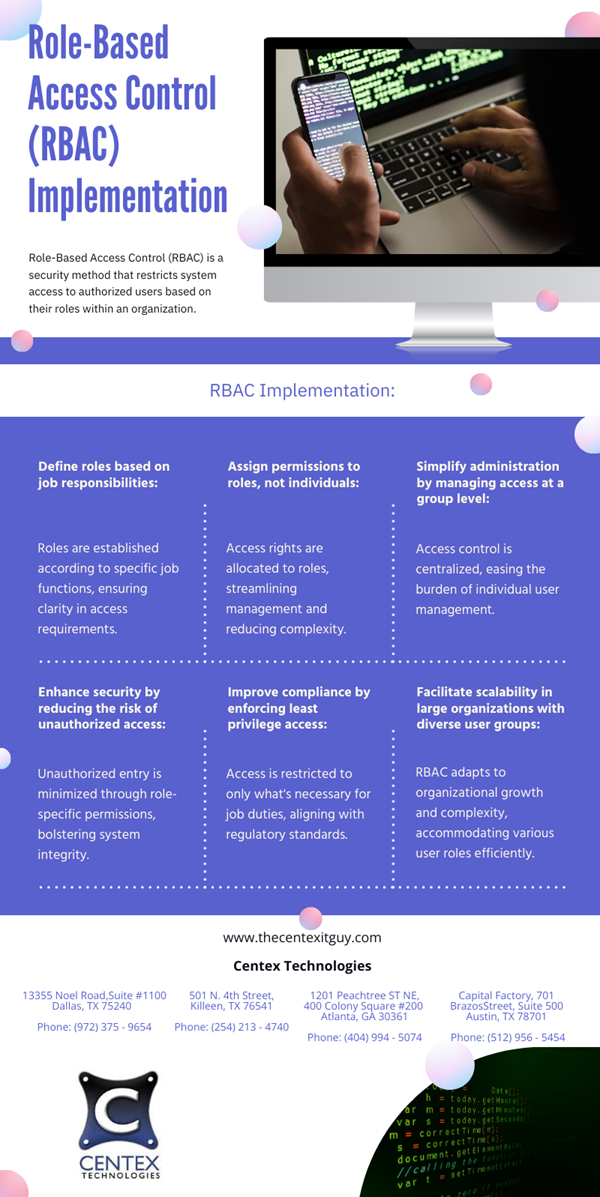Remote access tools have evolved significantly over the years, offering organizations a wide range of options for enabling remote work and access to corporate resources. From virtual private networks (VPNs) and remote desktop protocols (RDP) to cloud-based remote access solutions and collaboration platforms, these tools provide employees with seamless access to company networks, applications, and data from remote locations. However, as organizations increasingly rely on remote access solutions, they also face heightened cybersecurity risks and challenges.
Cybersecurity Risks Associated with Remote Access Tools:
While remote access tools offer numerous benefits in terms of flexibility and productivity, they also introduce a number of cybersecurity risks that organizations must address:
- Unauthorized Access: Weak authentication mechanisms and inadequate access controls can leave remote access tools vulnerable to unauthorized access by malicious actors, potentially leading to data breaches and unauthorized modifications to critical systems.
- Endpoint Vulnerabilities: Remote access tools frequently depend on endpoint devices like laptops, tablets and smartphones. These devices may harbor security vulnerabilities that cyber attackers can manipulate to get unauthorized access to corporate networks and sensitive data.
- Insider Threats: Employees with legitimate access to remote access tools may pose an insider threat if their credentials are compromised or if they intentionally misuse their privileges to steal data or sabotage systems.
- Data Loss and Leakage: Insecure remote access connections and improper data handling practices can increase the risk of data loss or leakage, particularly when employees access sensitive information from unsecured networks or devices.
- Malware and Ransomware Attacks: Remote access tools may act as gateways for malware and ransomware attacks, enabling cybercriminals to breach corporate networks and introduce malicious software, thereby disrupting operations and potentially stealing sensitive data.
Mitigating Cybersecurity Risks Associated with Remote Access Tools:
- Strong Authentication: Enforce strong authentication mechanisms such as multi-factor authentication (MFA) to verify the identity of remote users and prevent unauthorized access to corporate networks and systems.
- Access Controls: Implement granular access controls to restrict remote access privileges based on user roles, responsibilities, and the principle of least privilege. Access control ensures that users are granted access only to the resources required for their specific tasks.
- Endpoint Security: Deploy endpoint security solutions such as antivirus software, intrusion detection systems (IDS), and endpoint detection and response (EDR) tools to protect remote devices from malware, ransomware, and other cyber threats.
- Encryption: Encrypt remote access connections using strong encryption protocols like Secure Sockets Layer (SSL) or Transport Layer Security (TLS) to safeguard data transmitted between remote devices and corporate networks from eavesdropping and interception.
- Network Segmentation: Implement network segmentation to isolate remote access traffic from other corporate network segments, minimizing the risk of attackers’ lateral movement and limiting the scope of potential breaches.
- Continuous Monitoring: Implement continuous monitoring and logging systems to identify and respond to suspicious activity associated with remote access tools, such as failed login attempts, unusual access patterns, and unauthorized data access.
- Employee Training and Awareness: Provide comprehensive cybersecurity training to educate employees, contractors and other service providers about the risks associated with remote access tools and best practices for securely accessing corporate resources from remote locations.
As remote work continues to proliferate, organizations must prioritize cybersecurity measures to mitigate the risks associated with remote access tools. For more information about Cybersecurity solutions, contact Centex Technologies at Killeen (254) 213 – 4740, Dallas (972) 375 – 9654, Atlanta (404) 994 – 5074, and Austin (512) 956 – 5454.


